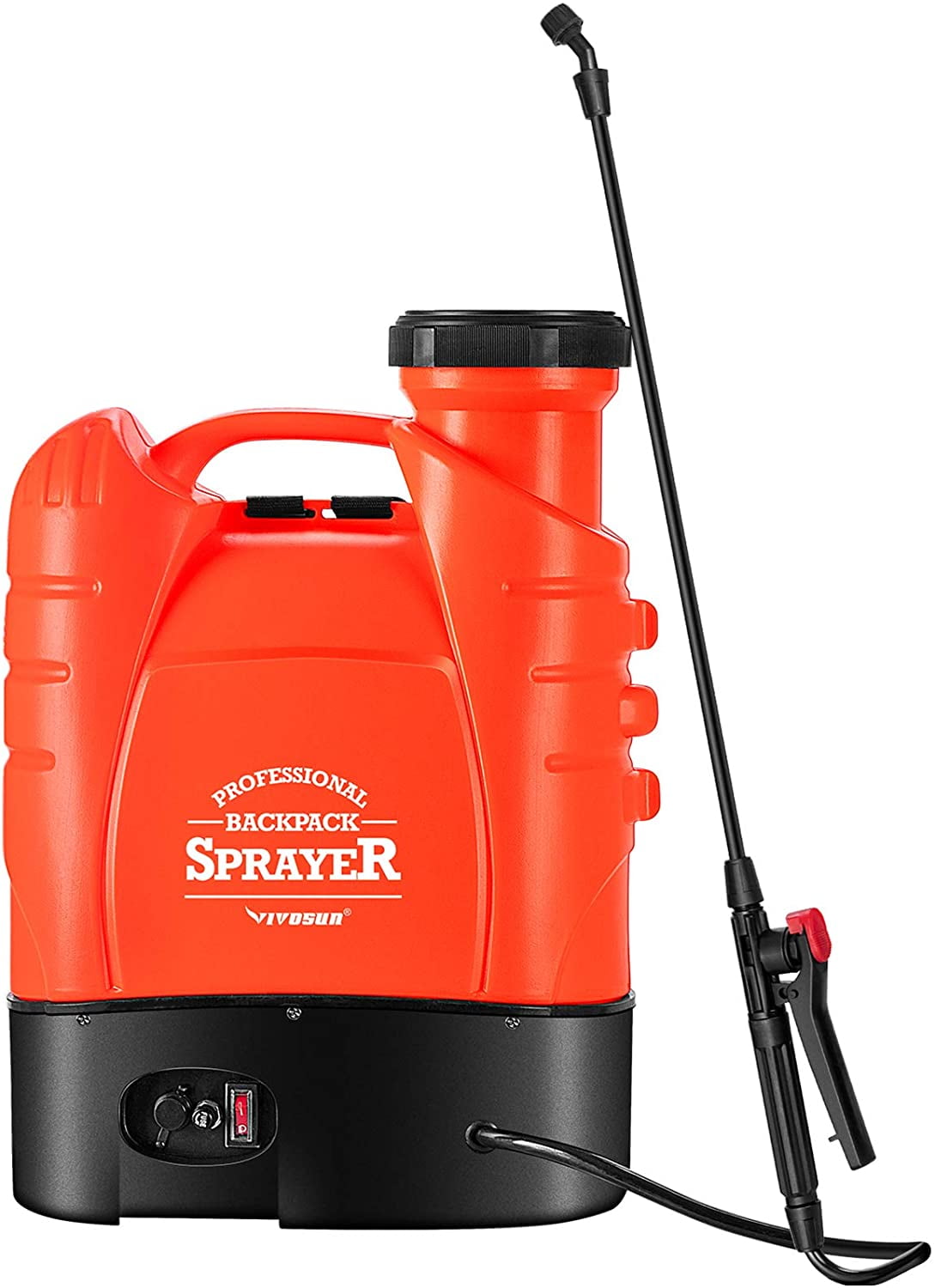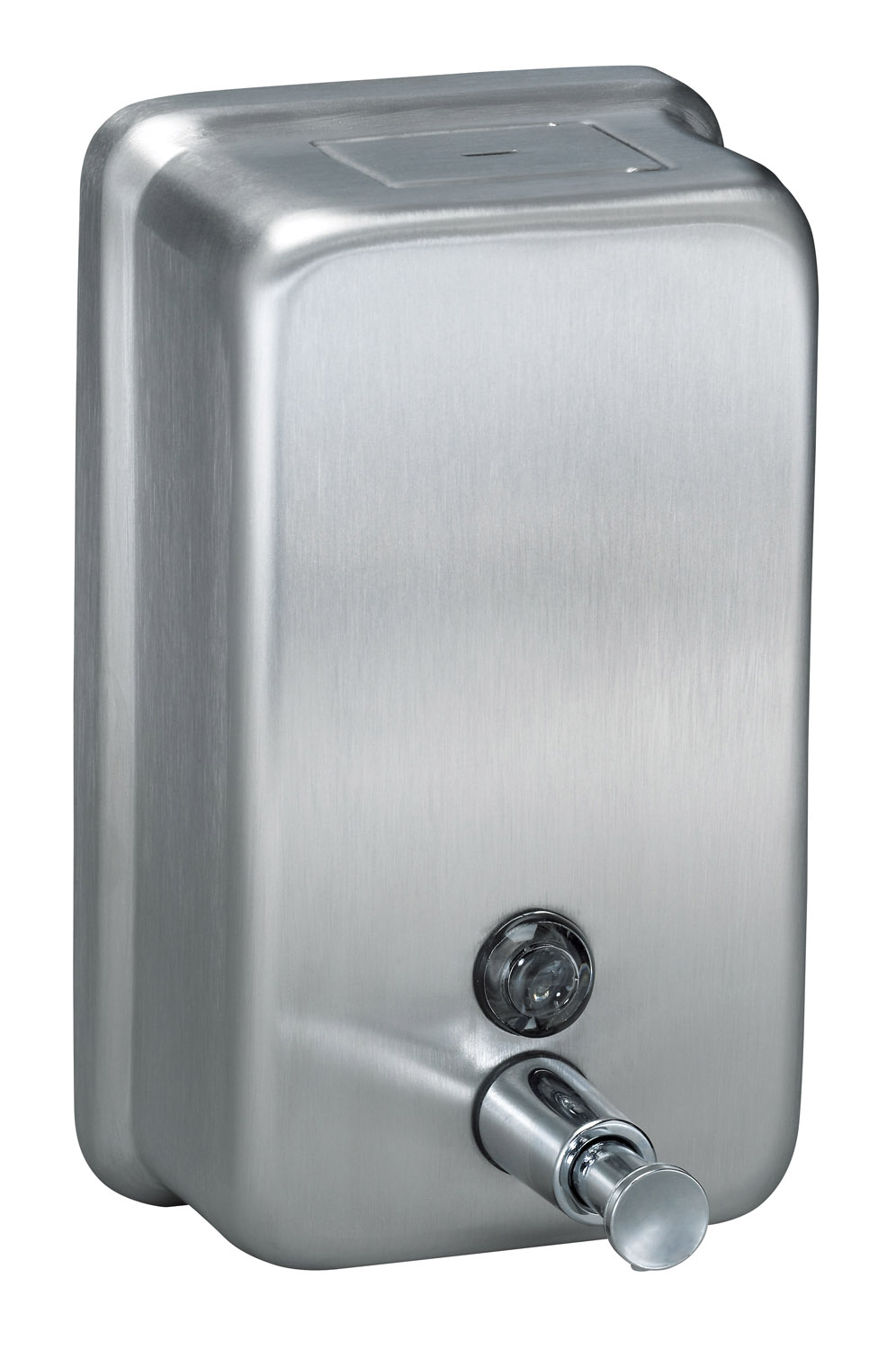Basin
The basin is the main structure of a kitchen sink, and it is where all the washing and cleaning takes place. It is typically made of stainless steel, ceramic, or acrylic and comes in different sizes and shapes to fit various kitchen designs. The basin is the most used part of the sink, and it is essential to choose a high-quality material that can withstand daily use and resist scratches and stains. Stainless steel is a popular choice as it is durable, easy to clean, and has a sleek modern look.
Drain
The drain is a vital component of a kitchen sink as it allows water to flow out and prevents the sink from overflowing. It is typically located at the bottom of the basin and is connected to the plumbing system. Stainless steel is also a common material used for drains as it is corrosion-resistant and can withstand high temperatures from hot water and harsh cleaning chemicals.
Strainer
The strainer is a small, perforated bowl-shaped structure that sits inside the drain and prevents food particles and debris from clogging the pipes. It is an essential part of a kitchen sink, especially for those who do a lot of cooking and food preparation. Stainless steel strainers are the most popular choice as they are durable and easy to clean.
P-Trap
The P-trap is a curved pipe that connects the drain to the plumbing system and forms a water seal to prevent sewer gases from entering the kitchen. It is an essential component for proper drainage and sanitation in the kitchen. PVC is the most commonly used material for P-traps as it is resistant to corrosion and easy to install.
Faucet
The faucet is the structure that delivers water into the sink for washing and cleaning. It comes in various designs and styles, and some even have additional features such as pull-out sprayers for convenience. High arc faucets are becoming more popular as they provide more room for filling large pots and pans and have a modern aesthetic.
Handles
The handles, also known as knobs or levers, are used to control the flow and temperature of the water from the faucet. They come in different shapes, sizes, and finishes to match the overall design of the sink and kitchen. Some even have touchless options for a more hygienic and convenient experience.
Sprayer
The sprayer is a secondary structure attached to the faucet that allows for more targeted and powerful water flow for cleaning. It is a handy feature for those who do a lot of cooking and need to rinse off large pots and pans. Pull-down sprayers are a popular choice as they are easy to use and can reach all areas of the sink.
Soap Dispenser
The soap dispenser is a convenient addition to a kitchen sink as it eliminates the need for a separate soap bottle on the counter. It is typically installed next to the faucet and can be refilled with your preferred hand soap or dish soap. Stainless steel or brushed nickel soap dispensers are popular choices as they match well with most faucet finishes.
Garbage Disposal
The garbage disposal is an optional but useful structure for a kitchen sink. It grinds up food scraps and allows them to be washed down the drain, reducing the amount of waste in the kitchen. Continuous feed garbage disposals are the most common type and can handle a constant stream of food waste.
Mounting Hardware
The mounting hardware is the set of tools and materials used to attach the sink to the countertop. It is an essential part of the sink installation process and ensures that the sink is secure and stable. Mounting clips or brackets are commonly used for this purpose, and they come in different sizes and materials to fit various sink types.
In conclusion, the main structure of a kitchen sink is more than just a functional element, but it also plays a significant role in the overall design and style of the kitchen. It is essential to choose high-quality materials and components for your sink to ensure durability, functionality, and aesthetic appeal. Whether you are building a new kitchen or upgrading your current one, understanding the different parts of a kitchen sink can help you make informed decisions and create a space that suits your needs and preferences.
The Importance of Choosing the Right Kitchen Sink for Your House Design

Creating a Functional and Aesthetically-Pleasing Kitchen
 When designing a house, the kitchen is often considered the heart of the home. It is where meals are prepared, memories are made, and families gather. As such, it is important to carefully consider the design and layout of your kitchen, including the
structure of your kitchen sink
. Not only is the sink one of the most used features in the kitchen, but it also plays a significant role in the overall functionality and aesthetics of the space.
When designing a house, the kitchen is often considered the heart of the home. It is where meals are prepared, memories are made, and families gather. As such, it is important to carefully consider the design and layout of your kitchen, including the
structure of your kitchen sink
. Not only is the sink one of the most used features in the kitchen, but it also plays a significant role in the overall functionality and aesthetics of the space.
Understanding the Different Types of Kitchen Sinks
 There are several types of kitchen sinks available in the market, each with its own unique characteristics and benefits.
Top-mount sinks
, also known as drop-in or self-rimming sinks, are the most common and easiest to install. They have a lip that rests on the countertop, making them a budget-friendly option.
Undermount sinks
, on the other hand, are installed underneath the countertop, creating a seamless look and making it easier to clean the countertop.
Farmhouse sinks
, also known as apron-front sinks, have a large, exposed front that adds a touch of charm and elegance to the kitchen.
Double-bowl sinks
have two separate compartments, allowing for multitasking and easy cleanup.
Single-bowl sinks
, on the other hand, have only one large basin, providing more space for washing larger items.
There are several types of kitchen sinks available in the market, each with its own unique characteristics and benefits.
Top-mount sinks
, also known as drop-in or self-rimming sinks, are the most common and easiest to install. They have a lip that rests on the countertop, making them a budget-friendly option.
Undermount sinks
, on the other hand, are installed underneath the countertop, creating a seamless look and making it easier to clean the countertop.
Farmhouse sinks
, also known as apron-front sinks, have a large, exposed front that adds a touch of charm and elegance to the kitchen.
Double-bowl sinks
have two separate compartments, allowing for multitasking and easy cleanup.
Single-bowl sinks
, on the other hand, have only one large basin, providing more space for washing larger items.
Factors to Consider when Choosing a Kitchen Sink
 When selecting a kitchen sink, it is important to consider several factors to ensure that it meets your needs and complements your house design. The first thing to consider is the
size and layout
of your kitchen. The sink should fit comfortably in the designated space and not be too large or too small. Next, consider the
material
of the sink. Stainless steel is a popular and durable option, while porcelain and granite composite offer a more elegant look. The
depth and shape
of the sink should also be taken into account, as it can affect the functionality and ease of use. Finally, consider the
style
of your kitchen and choose a sink that complements it, whether it be traditional, modern, or farmhouse.
When selecting a kitchen sink, it is important to consider several factors to ensure that it meets your needs and complements your house design. The first thing to consider is the
size and layout
of your kitchen. The sink should fit comfortably in the designated space and not be too large or too small. Next, consider the
material
of the sink. Stainless steel is a popular and durable option, while porcelain and granite composite offer a more elegant look. The
depth and shape
of the sink should also be taken into account, as it can affect the functionality and ease of use. Finally, consider the
style
of your kitchen and choose a sink that complements it, whether it be traditional, modern, or farmhouse.
Conclusion
 In conclusion, the kitchen sink may seem like a small detail in the grand scheme of house design, but it plays a crucial role in creating a functional and aesthetically-pleasing kitchen. With various types, materials, and styles to choose from, it is important to carefully consider your needs and preferences before making a decision. By choosing the right kitchen sink, you can enhance the overall look and feel of your kitchen while also improving its functionality and efficiency.
In conclusion, the kitchen sink may seem like a small detail in the grand scheme of house design, but it plays a crucial role in creating a functional and aesthetically-pleasing kitchen. With various types, materials, and styles to choose from, it is important to carefully consider your needs and preferences before making a decision. By choosing the right kitchen sink, you can enhance the overall look and feel of your kitchen while also improving its functionality and efficiency.





















:max_bytes(150000):strip_icc()/YardDrain-fece28c29d6044e692d8974d567d1fcc.jpg)



/81NWXIOnxfL._AC_SL1500_-34b01bafb5c6442ab723fe0e50e61ab9.jpg)































































/Kitchensinksoapdispenser-GettyImages-91206440-59e82279054ad90011101a01.jpg)









:max_bytes(150000):strip_icc()/garbage-disposal-installation-1824830-01-73cf0263b344447488ed8e15f7f2bc78.jpg)























